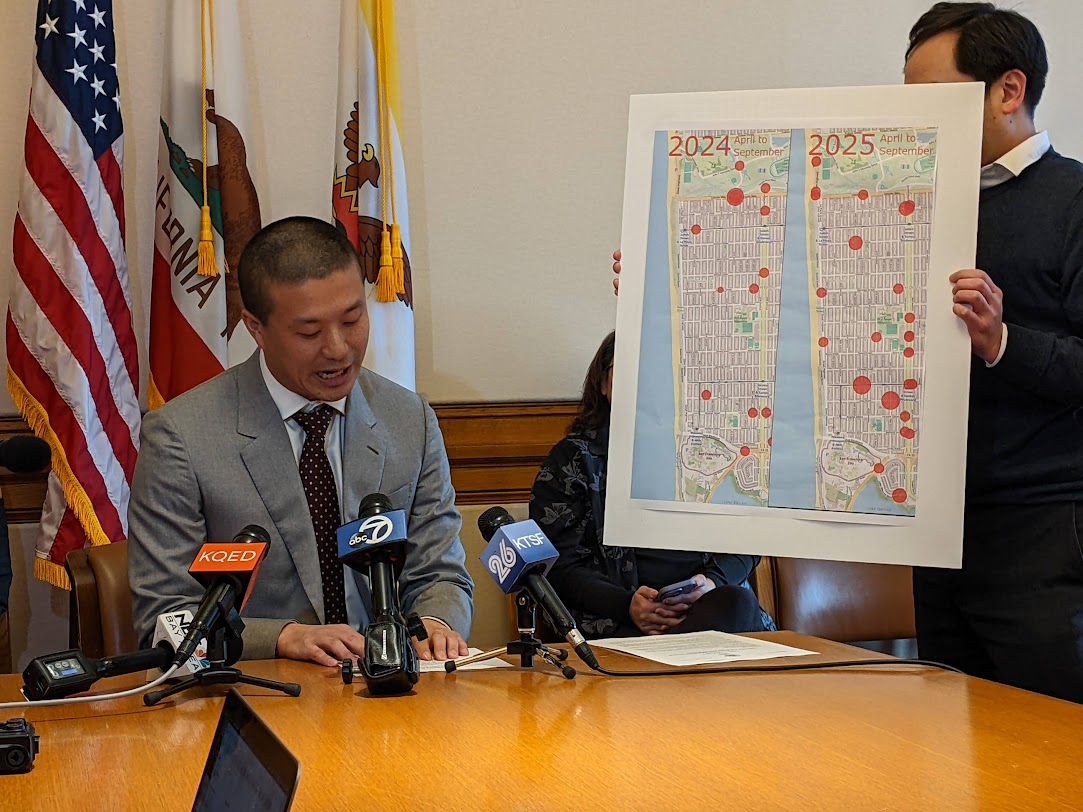The National Highway Traffic Safety Administration (NHTSA) reported last December that while overall traffic fatalities in the United States dropped in 2010, pedestrian deaths rose higher – up four percent in 2010 over 2009. Yesterday, the agency released some more detailed statistics about those crashes [PDF], but the report includes scarcely any data or analysis about the underlying causes of pedestrian deaths.
The report provides a set of tables about the prevalence of pedestrian fatalities under certain conditions -- different times of day, different types of weather -- but the only causal factor the NHTSA discusses is drunkenness. And remarkably, the agency implies that drunk walking, which is perfectly legal, is a bigger risk factor in pedestrian deaths than drunk driving:
Of the pedestrians involved, 33 percent had a blood alcohol concentration (BAC) of .08 grams per deciliter (g/dL) or higher. Of the drivers involved in these fatal crashes, only 14 percent had a BAC of .08 g/dL or higher, less than two-fifths the rate for the pedestrians.
In the agency's consumer advisory, released along with the new numbers, the NHTSA warns both pedestrians and drivers to avoid travel while under the influence of drugs and alcohol.
And in keeping with recent national coverage about the hazards of "distracted walking," the advisory only mentions distraction by electronic devices in the pedestrian section, despite the fact that ending distracted driving is the signature cause of the current transportation secretary.
Certainly, it’s everyone’s responsibility to be safe, no matter what mode they take. But the stakes for pedestrians wouldn’t be so high if people weren’t driving around at high speeds in heavy cars on roads designed with little regard for the different ways people get around.
In fact, speed is the key factor -- not just in pedestrian injuries and fatalities -- but in discouraging walking. "The majority of crashes [resulting in] fatalities and serious injuries are related to high speed streets," said Scott Bricker, director of America Walks. "In the National Walking Survey that America Walks did in partnership with Hunter College [PDF], we found that distracted driving and the speed of automobile driving were the two top concerns of people walking, and are what limits their walking."
The NHTSA report includes a few illuminating statistics about where pedestrian deaths are most common and who are the most frequent victims. Like the fact that more than two-thirds of pedestrians killed were males. Even boys under five years old are 63 percent more likely than girls the same age to die by being hit by a car. But while traffic crashes are still the leading cause of death for children aged three to 14, kids are the least likely to be killed while walking. The likelihood of dying under the wheels of a car goes up precipitously at age 16 and then again at age 75.
Meanwhile, 73 percent of crashes in which a pedestrian died in 2010 occurred in urban areas, but that’s “urban” as contrasted to “rural,” with suburban locations grouped into the “urban” category. Given the other location statistic given by NHTSA – that only 21 percent of pedestrian fatalities occurred at intersections – my money is on a lot of these crashes happening on high-speed arterial roads without many intersections outside of urban centers.
Indeed, according to Transportation for America’s Dangerous by Design report on pedestrian fatalities, more than 52 percent of the 47,067 pedestrians killed (for whom roadway classification data were recorded) between 2000 and 2009 died on principal or minor arterials. These wide, straight roads are often extremely hostile to pedestrians. They feature little to no facilities for walking, so drivers aren’t looking for people on foot. Drivers may not be looking at the road at all, in fact, since the featureless roads “have been shown to encourage distracted driving habits,” according to the report. And, of course, they’re likely driving too fast, because that kind of road design facilitates driving well above the posted speed limit.






